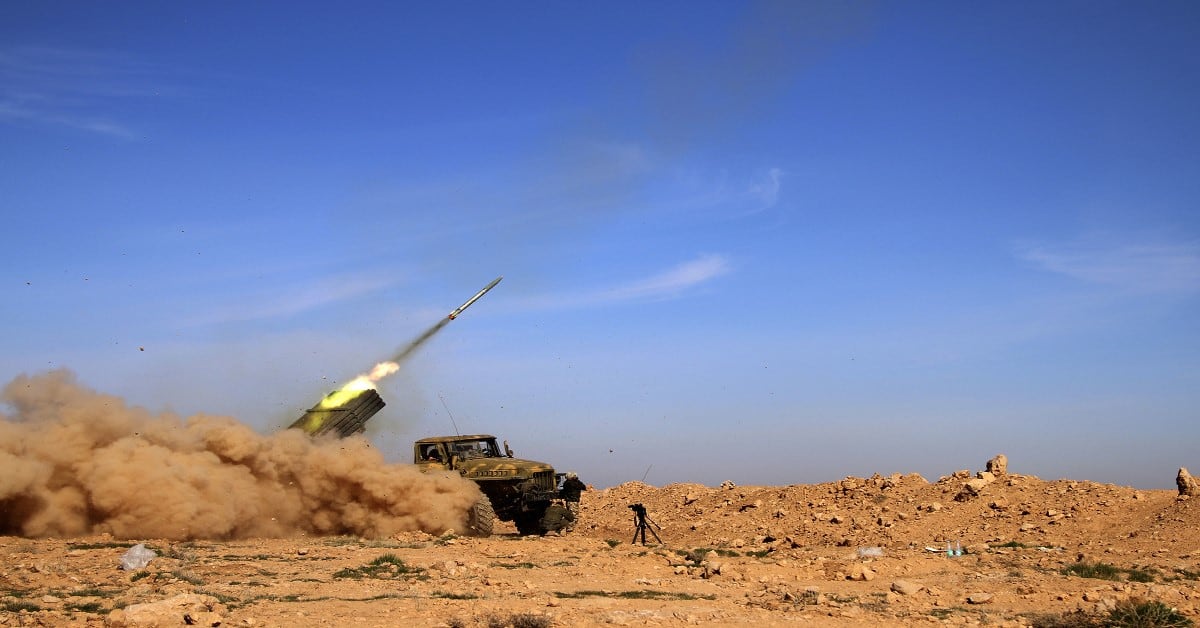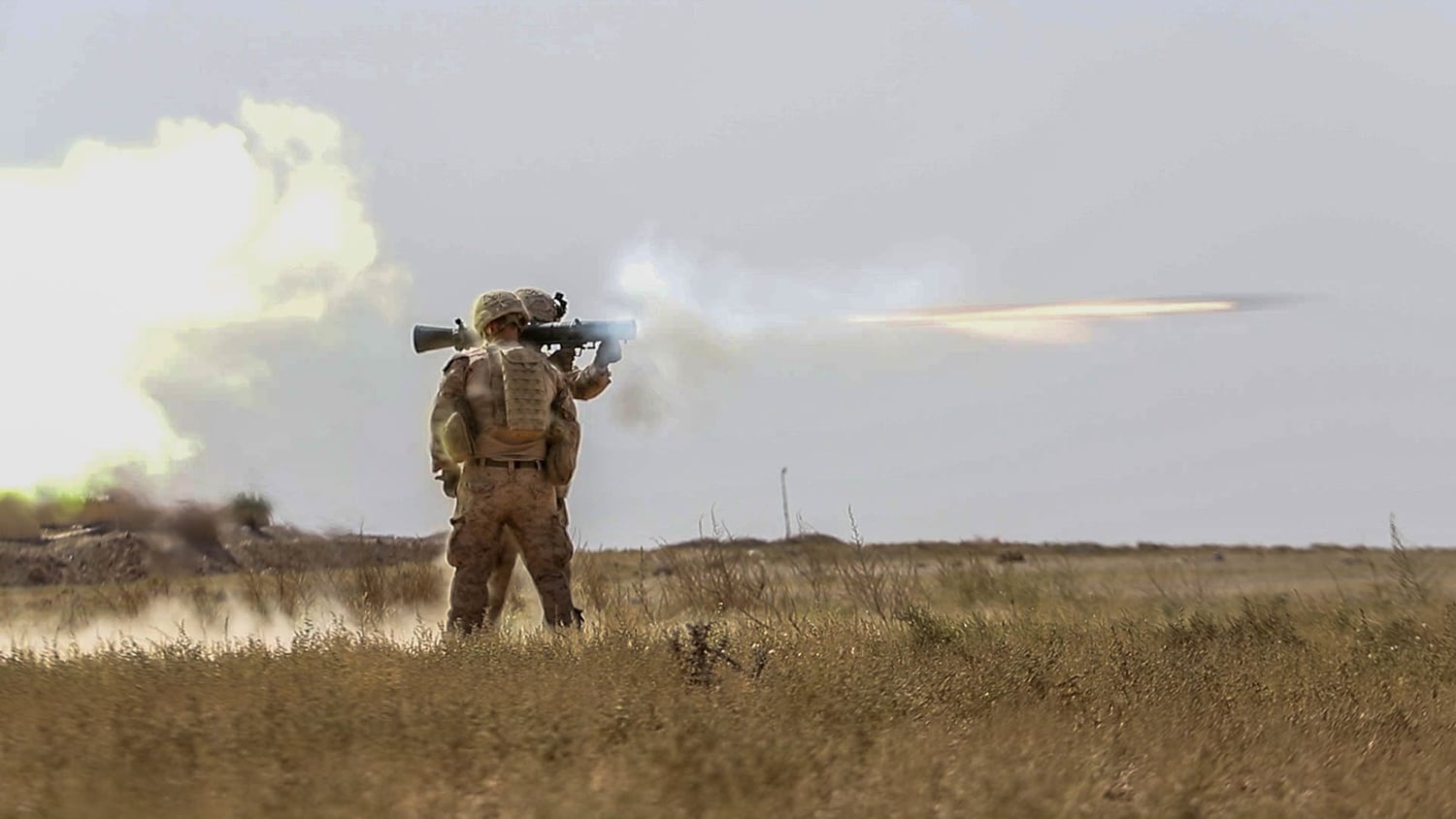American forces have clashed with Russian fighters in Syria on more than one occasion.
The details come from an interview Ambassador James Jeffrey, U.S. special representative for Syria engagement, did with Russian media outlets last week.
The interview transcript was subsequently published on the U.S. Embassy in Moscow website.
Jeffrey was asked by the Russian journalists to verify details of a February incident involving a mix of Russian mercenaries and pro-regime Syrian fighters who attacked U.S. and local partner forces in eastern Syria’s Deir ez-Zor province. The Pentagon said the U.S. troops called for close-air support to defend their outpost, allegedly killing up to 200 enemy fighters.
There were no American casualties, but one partner force fighter was wounded.
“Can I ask you for some details on that firefight? Did it actually happen and how many casualties were recorded?” a journalist from Kommersant asked Jeffrey.
“There have been various engagements, some involving exchange of fire, some not,” Jeffrey said. “Again, we are continuing our mission there and we are continuing to exercise our right of self-defense.”
The Russian journalist then asked Jeffrey to provide details on the other dozen incidents, but he would not, citing operational security concerns.
“We don’t comment on specific military actions of that nature. U.S. forces are legitimately in Syria, supporting local forces in the fight against Daesh," Jeffrey said, using an Arabic acronym for the Islamic State terror group. "As appropriate — and this has occurred about a dozen times in one or another place in Syria — they exercise the right of self-defense when they feel threatened. That’s all we say on that.”
RELATED

The February attack was the most widely publicized one involving a clash between U.S. and Russian forces.
Although the Russians were reportedly mercenaries working for Wagner Group, a private military company, the fighters have been accused of acting as an expendable paramilitary unit for the Kremlin. They have been documented fighting in both the Syrian Civil War and the War in the Donbass in Ukraine.
Prior to conducting airstrikes on the Russian and Syrian mixed unit in February, the Pentagon said its local commanders had deconflicted the strikes with their Russian counterparts.
“Coalition officials alerted Russian officials of the [partner force] presence in Khusham [Deir ez-Zor province] via the de-confliction line well in advance of the attack,” a spokesman for the U.S.-led coalition in Syria said at the time.
Russian officials had reportedly assured U.S. commanders they would not engage coalition forces in the vicinity of that area, the spokesman said.
The Russian mercenary and pro-regime assault involved T-55 and T-72 main battle tanks with support from multiple-launch rocket systems and mortars, as well as an approximately battalion-sized dismounted formation.
The U.S. contingent on the ground called in airstrikes that reportedly killed hundreds of enemy fighters.
The attack occurred in eastern Syria’s oil-rich Deir ez-Zor province.
“We suspect Syrian pro-regime forces were attempting to seize terrain [U.S.-backed fighters] had liberated from Daesh in September 2017,” Col. Thomas Veale, a spokesman assigned to the U.S.-led coalition in Syria and Iraq, said in February. “[Pro-regime forces] were likely seeking to seize oil fields in Khusham that had been a major source of revenue for Daesh from 2014 to 2017.”
Kyle Rempfer was an editor and reporter who has covered combat operations, criminal cases, foreign military assistance and training accidents. Before entering journalism, Kyle served in U.S. Air Force Special Tactics and deployed in 2014 to Paktika Province, Afghanistan, and Baghdad, Iraq.




